The Story of Asteroids
We take knowledge of the existence of asteroids (a.k.a. minor planets) for granted in our modern world. Ranging in size from boulders to hundreds of miles in diameter, tens of thousands of known asteroids are orbiting the sun. Illuminated by reflected sunlight, their faint lusters ranging from near to far below the threshold of unaided human vision, each lurked unseen. So, how did the asteroids finally manage to emerge from primeval obscurity?
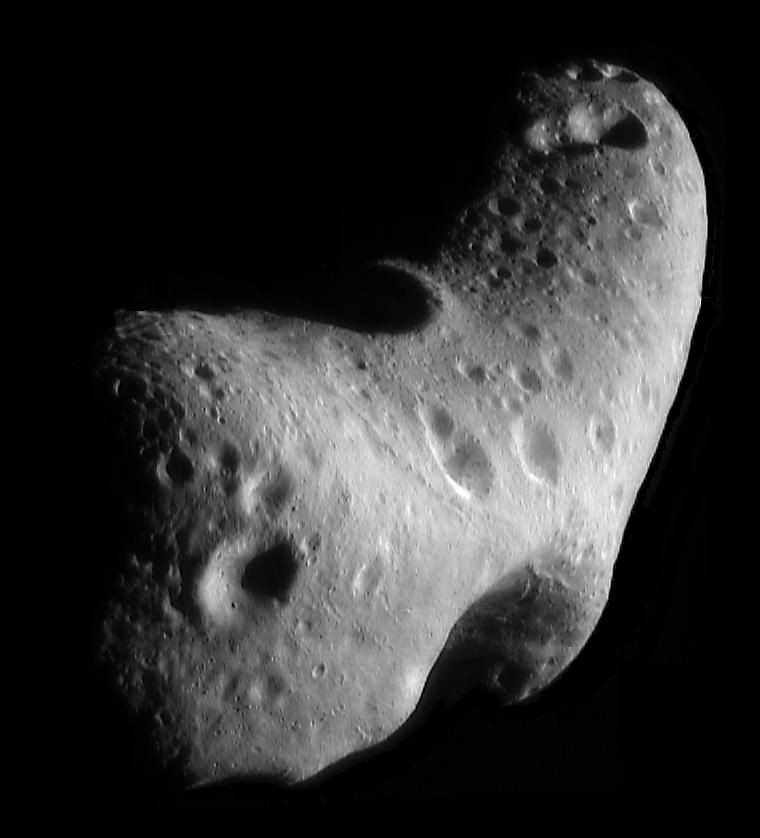
Photo Credit: National Geographic
Throughout the millennia of early human history mankind’s knowledge of bodies in our solar system consisted of the sun, earth, moon and the five naked-eye planets. Except for the occasional cometary interloper, the solar system remained orderly. The invention of the telescope added planetary moons to the mix and provided a clue that the solar system may not be as orderly as previously thought.
Prior to the discovery of asteroids, their orbital location was deduced empirically in 1766 by Johann Daniel Titius and popularized in a 1772 edition of Johann Elert Bode’s book Anleitung zur Kenntniss des gestirnten Himmels (a manual for understanding the starry sky). The “Titius-Bode Law” estimates the orbital distance from the sun for each planet. The law is a mathematical expression for which there is no mathematical proof. The only verification of the law is through actual observation. Are there planets orbiting the sun in the slots predicted by this law?
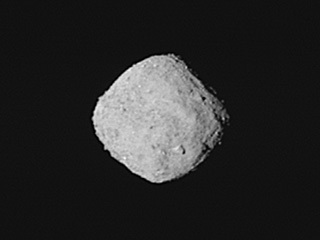
Let us examine for our understanding how the law is expressed. According to my 1940 edition of Robert H. Baker’s Introduction to Astronomy, the law is articulated in this simple recipe:
“Write in a line the numbers: 0, 3, 6, 12, and so on. Add 4 to each number, and divide the sums by 10. The resulting series of numbers: 0.4, 0.7, 1.0, 1.6, 2.8, … represents the mean distances of the planets…from the sun.”
Robert H. Baker’s Introduction to Astronomy
The resulting values are expressed in “astronomical units” where one A.U. is the distance from the sun to the earth. Indeed, note that the solar distance listed above for the third planet (Earth) is 1.0 A.U. The distances of the five naked eye planets closely match their observed orbital distances. These are Mercury (0.4), Venus (0.7), Mars (1.6), Jupiter (2.8) and Saturn (10.0).
Two obvious conclusions stand out. First, no planet was known to exist at the predicted 2.8 A.U. slot. Second, the next slot beyond Saturn, the furthest known planet at the time, is 19.6 A.U. Thus, searches for these two “missing” worlds was commenced by astronomers of the day.
The first success was Sir William Herschel’s discovery of the planet Uranus in 1781. This discovery of the new planet beyond Saturn at a solar distance of 19.2 A.U., in close agreement to Titius-Bode, added credence to the law.
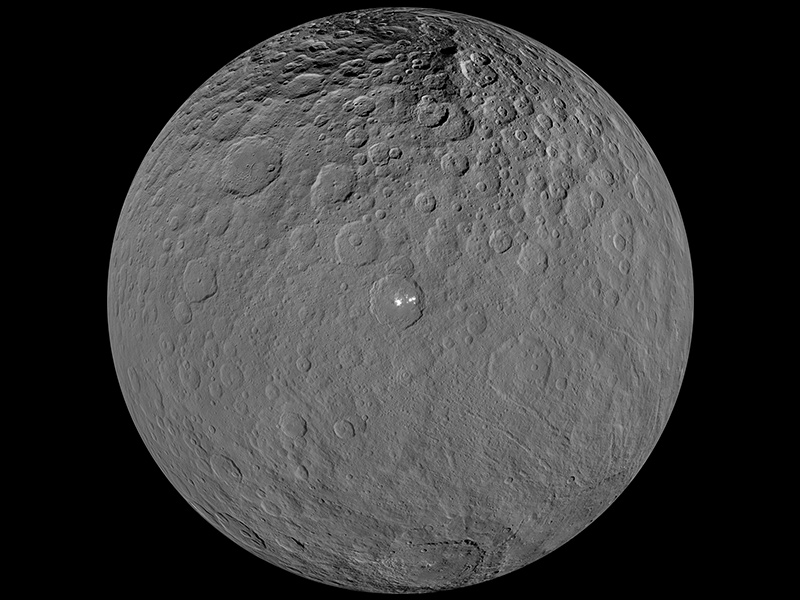
Photo Credit: NASA
It took a little while longer, but on New Year’s Day in 1801 the search for a possible planet between Mars and Jupiter culminated in Sicily with the discovery of a new world named Ceres by its discoverer, Giuseppe Piazzi. However, Ceres was miniature as far as planets go with a diameter of only several hundred miles. Could this really be the missing planet predicted by the law? The search continued.
During the next several years three more even smaller worlds were discovered in nearly the same orbit as Ceres. Within a few decades, thanks to the invention of astrophotography, dozens more “minor planets” were discovered. However, the “major planet” predicted by Titius-Bode was never found. In its place is what we now refer to as the main asteroid belt.
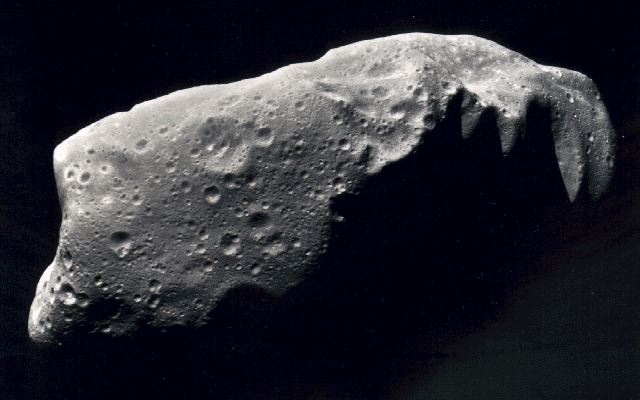
Photo Credit: NASA
Not all asteroids are confined to the space between Mars and Jupiter. Different categories of asteroids have been classified based on their orbits. Amor asteroids travel inside the orbit of Mars, almost reaching the earth’s orbit. Apollo asteroids have orbits crossing Earth’s. And there are others. In recent years it was discovered that another “belt” of asteroids exists beyond the orbit of Neptune.
Telescopically, asteroids appear star-like. However, unlike stars they move slowly in their orbits against the background stars. The largest asteroids are visible in binoculars.
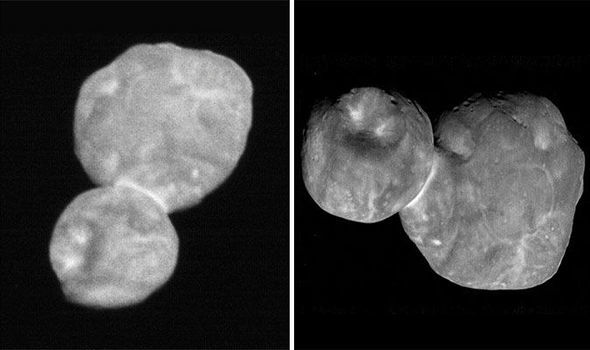
Photo Credit: NASA
Upcoming area astronomical events for January include several in conjunction with the Westminster Astronomical Society (WASI). For more information on the following consult the calendar linked on the WASI web site at WestminsterAstro.org.
The Bear Branch Nature Center’s planetarium will have a 7:30 p.m. program on Saturday the 11th followed by observing at the co-located B.F. Roelke Memorial Observatory. The observing is weather permitting and free. However, the planetarium requires advanced reservations through the county parks department.
Free public observing at the Charlotte’s Quest Nature Center’s observatory in Manchester is planned for Saturday the 18th starting at 6 p.m. Finally, a happy hour star party with telescope observing will occur starting at 5 p.m. on Friday the 31st at the Milkhouse Brewery near Mt. Airy. Both events are weather permitting.
–Curt Roelle
